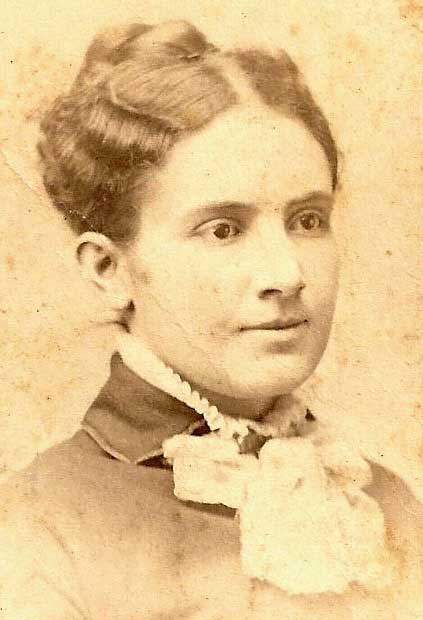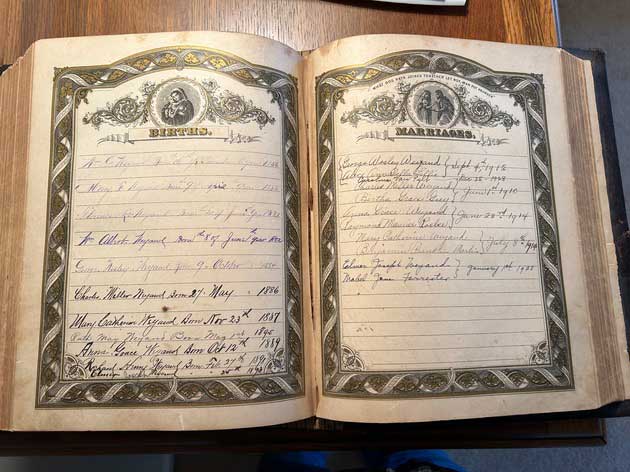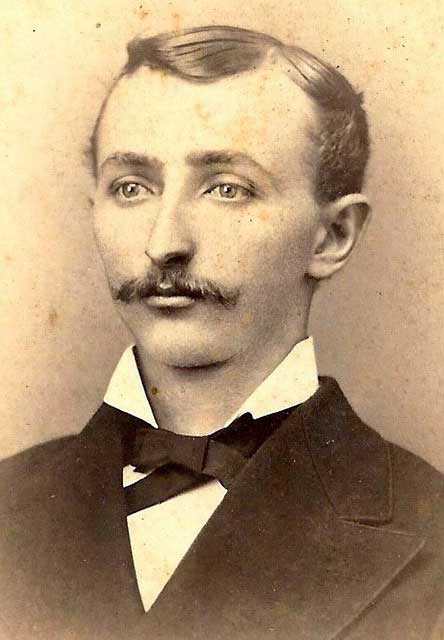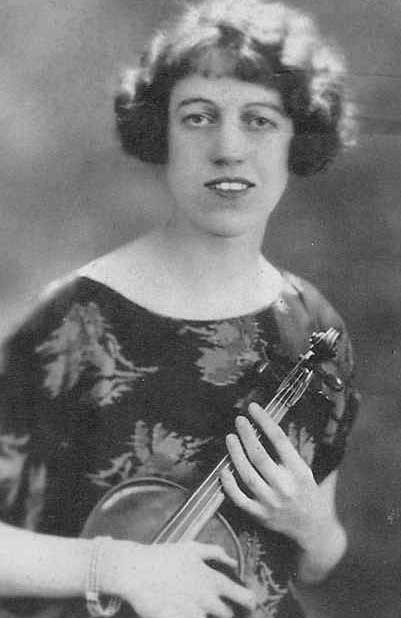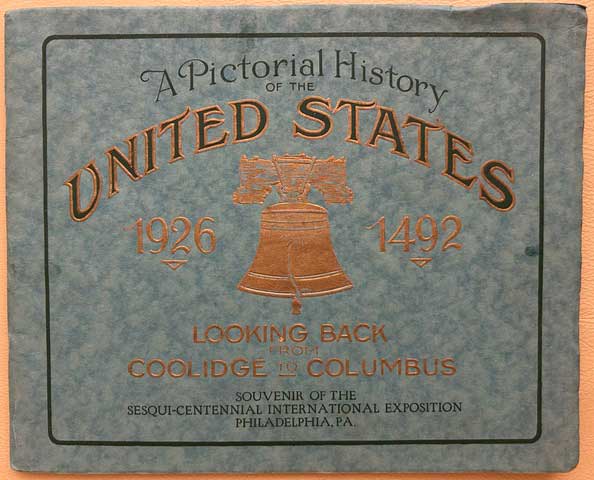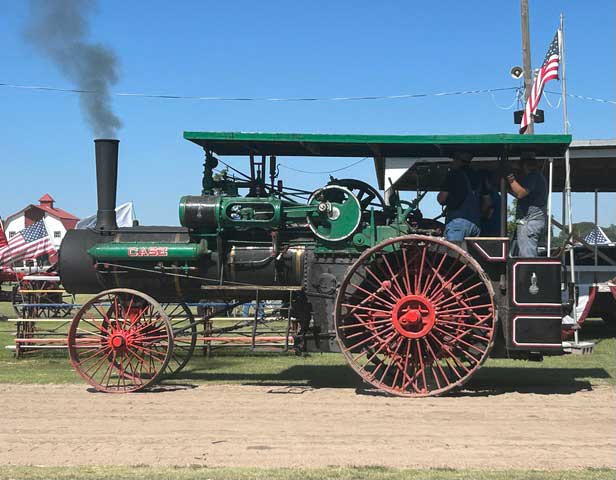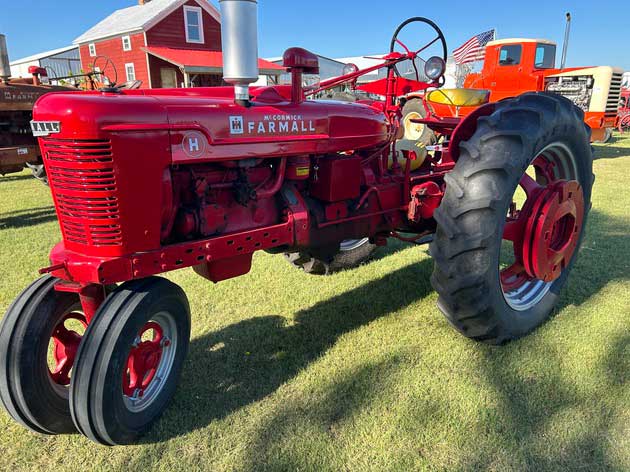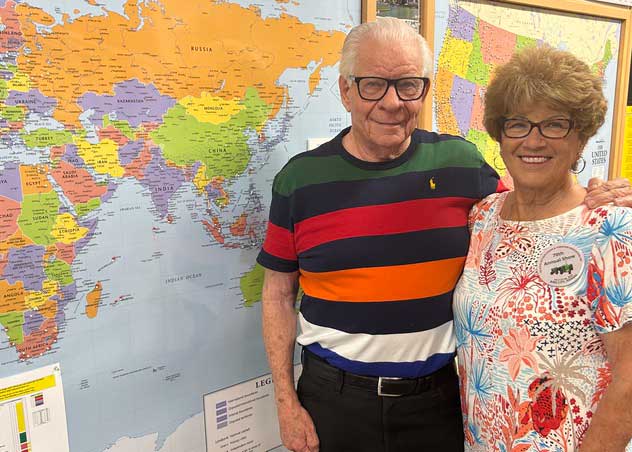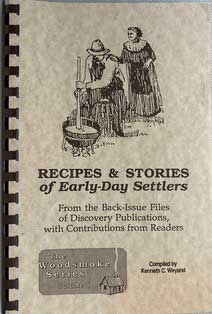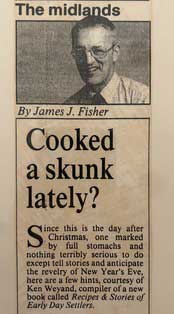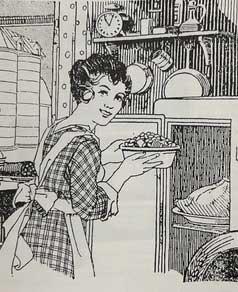Mother Goose book finds a new home
February 2024
Vintage Discoveries
Mother Goose book finds a new home
by Ken Weyand
One of the “finds” in my collection of “old stuff” is a well-preserved “Mother Goose” book from my childhood. It isn’t guesswork on my part: the book has my name written discretely in small letters in my mother’s handwriting at the top edge of the cover, along with “Christmas, 1939,” obviously a gift to my 2-year-old self.
Large for a children’s book (13” x 9 ¾”), the full-color book was printed on heavy paper that has the feel of wallpaper. It was designed to resist aggressive handling by toddlers. As a result, my copy survived in excellent shape.
My research shows that Marian Elizabeth Merrill founded the Chicago publishing company in 1936, and specialized in children’s books. Merrill had a reputation for hiring quality artists, including the artist for my book, Milo Winter, who was well known for his Alice in Wonderland illustrations, and many others.
My book contains 14 pages of Mother Goose classics, including”Baa Baa Black Sheep,” “Little Miss Muffet,” “Jack Be Nimble,” “Little Boy Blue,” “Old Mother Hubbard,” and others. The emphasis is on the large illustrations, with a simple poem or phrase in bold print below each one. The images were captivating, and probably excited my interest in reading – fulfilling the book’s purpose.
My book is in excellent condition and probably worth many times its original price of less than $1.00. But I intend to give it to a youngster I’ve been mentoring in a “Lead to Read” program in Kansas City. I’m hoping it will inspire his interest in reading as it did for me.
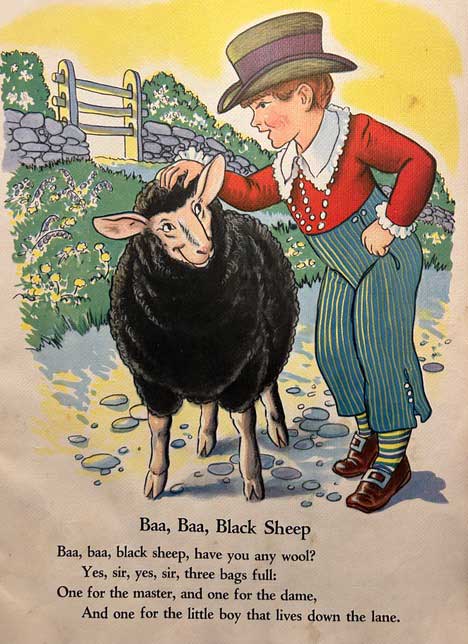
Baa, Baa Black Sheep
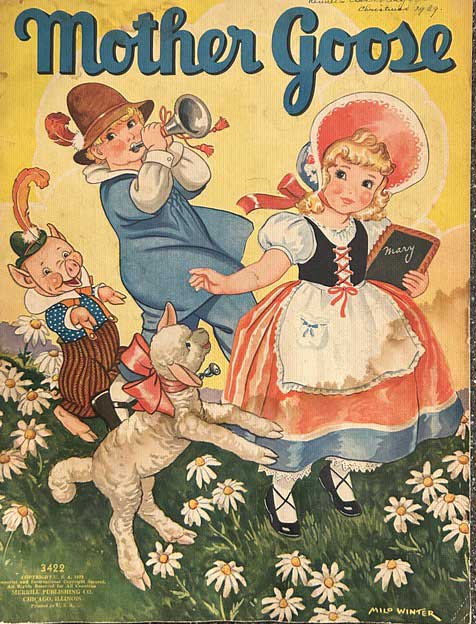
Cover of 1936 Mother Goose book
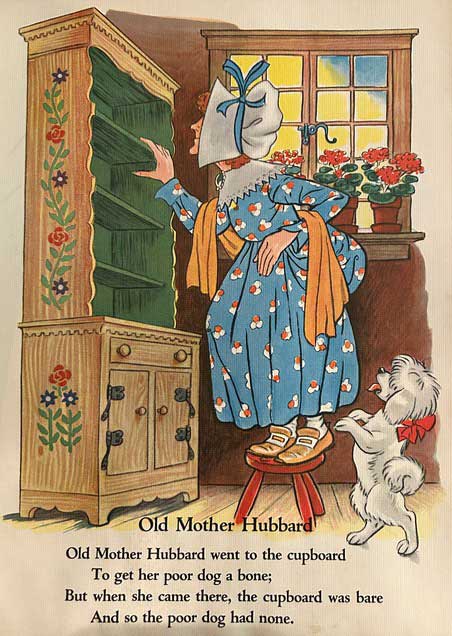
Old Mother Hubbard
Ken Weyand is the original owner/publisher of Discover Vintage America, founded in July 1973 under the name of Discover North.
Ken Weyand can be contacted at kweyand1@kc.rr.com Ken is self-publishing a series of non-fiction E-books. Go to www.smashwords.com and enter Ken Weyand in the search box.


